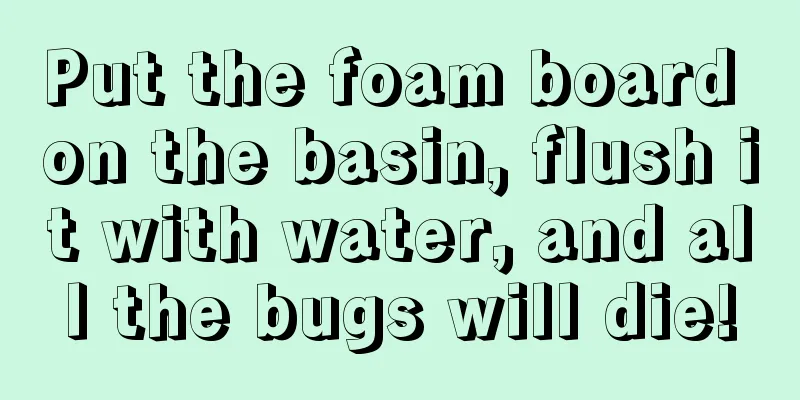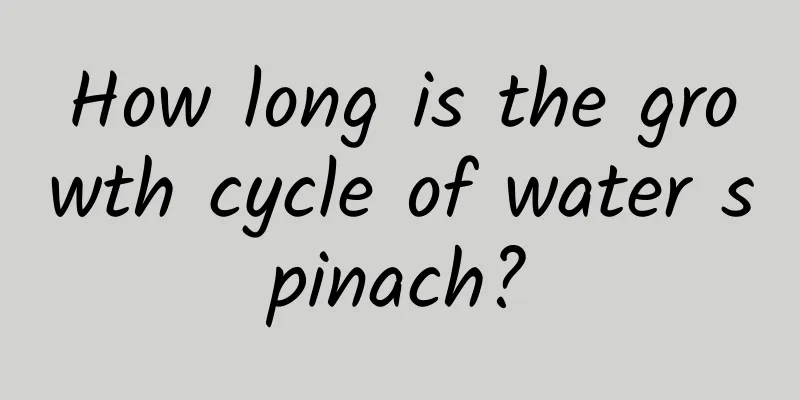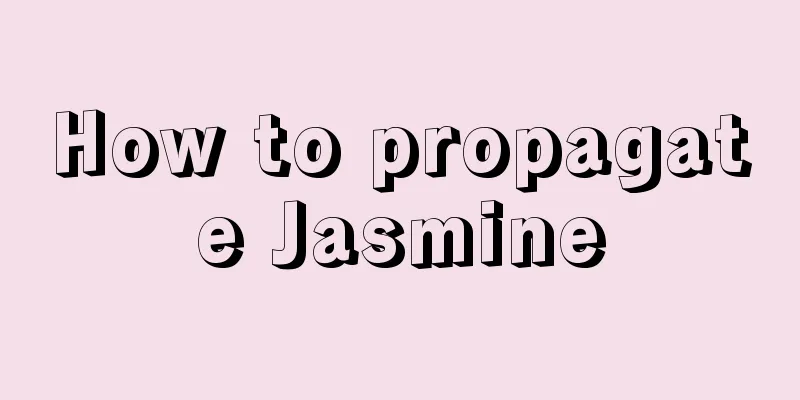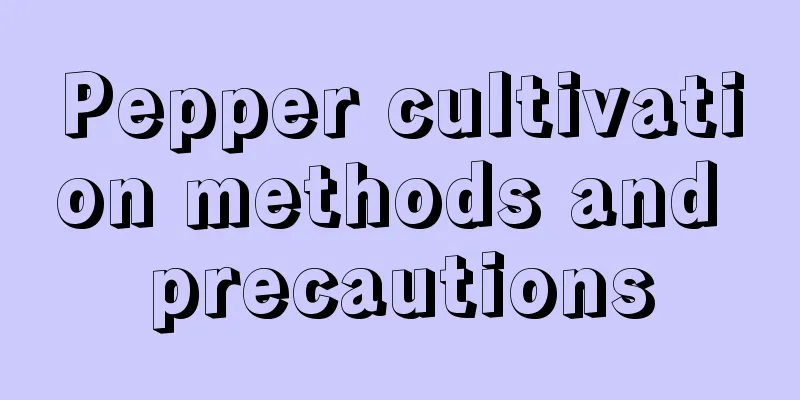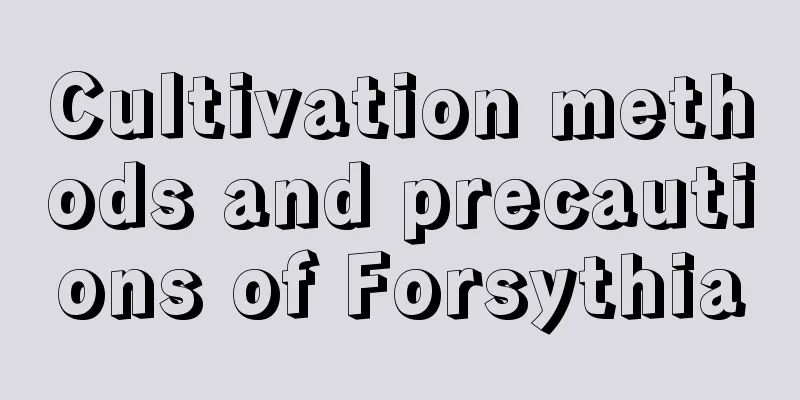June Fruit Tree Planting Management Guide
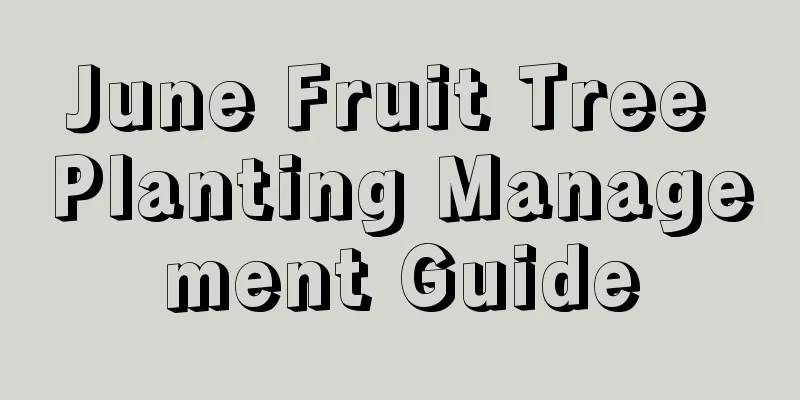
|
June is a critical period for the growth of fruit trees. Appropriate management measures are essential to the growth of fruit trees and the quality of fruit. So what specific work needs to be done? Let’s take a look at the fruit tree planting and management guide in June. 1. Water management Moderate drought in the orchard in mid-to-late June is conducive to the cessation of short branch growth and differentiation of flower buds, but if it is too dry, appropriate supplementary irrigation should be given. It is recommended to adopt drip irrigation or infiltration irrigation to avoid flooding. 2. Reasonable topdressing In June, many fruit trees enter the fruit expansion period. Pay attention to spraying phosphorus and potassium fertilizers on the leaves. You can spray amino acids and potassium dihydrogen phosphate foliar fertilizers with a total concentration of 0.3% once every 7-10 days to promote fruit development. Spray twice in total. 3. Orchard weeding For orchards that practice clean tillage, weeds should be removed in a timely manner to ensure that the orchard is ventilated and light-permeable, and to reduce damage from pests and diseases. You can also use a rotary tiller or lawn mower to weed, or raise geese in the orchard. Try not to use herbicides . 4. Summer pruning Timely remove the upright new shoots on the back and the competing, turning back, overlapping, and crowded new shoots to improve the ventilation and light conditions of the tree, especially the inner part of the crown should be kept transparent. Some auxiliary branches, competing branches, and upright branches that have growth space should be removed or twisted from their base to promote their development into fruiting branches. 5. Fruit thinning and bagging For fruit trees with a large amount of fruit, the fruits should be thinned out in time after the fruits are stable. At this time, about 30% more fruits should be reserved, and the fruits should be thinned out again before the coloring period. After the fruits are set, spray a mixture of insecticides and fungicides 1-2 times, and complete bagging within 3-5 days after spraying. 6. Pest and disease control The main diseases and pests of fruit trees in June include ring rot, leaf spot disease, brown spot disease, as well as hawthorn leaf mites, two-spotted leaf mites, golden moths, peach borers, etc. Pesticide control should be carried out before and after bagging, and appropriate pesticides should be selected for spraying control. In general, after entering June, management measures should be flexibly adjusted according to the growth phenological periods of different varieties of fruit trees and the specific planting conditions of fruit trees to ensure the healthy growth of fruit trees and improve fruit quality and yield.
|
<<: How to grow chrysanthemum seedlings and what is the best season to plant them
>>: How to grow orchid seedlings? Can one orchid seedling survive?
Recommend
Is a deep or shallow basin suitable for a smooth sailing?
Should I use a deep or shallow basin for smooth s...
How to get high yield when growing sweet potatoes?
Sweet potato, also known as sweet potato, is comm...
How to grow safflower at home
1. Maintenance methods 1. Soil: Safflower grows b...
What season is suitable for growing coriander?
When planting coriander, you need to choose relat...
Are violets poisonous? Are they suitable for indoor cultivation?
1. Is it toxic? The whole plant of violet is non-...
How to plant snake beans so that they can sprout quickly (how many days after planting will snake beans sprout)
Snake bean, also known as snake melon, is a very ...
The difference between bulbous begonia and four-season begonia
1. Differences in stems The stem of the bulbous c...
Indoor Plants That Don't Need Sunlight
1. Pothos The green radish has a strong ability t...
How to take care of the newly bought fortune tree
1. Change the soil You need to wait until the Chi...
Kale cultivation methods and precautions
How to grow kale illumination Kale is a plant tha...
What is the best season to plant tomatoes?
When planting tomatoes, people usually choose to ...
Polygonatum sibiricum planting conditions and climate requirements in the planting area
Introduction to Polygonatum Polygonatum sibiricum...
The main value of Brazilian iron
1. Cultural Value: Since ancient times, Chinese p...
Is Chlorophytum a shade or sun-loving plant?
Does Chlorophytum comosum prefer shade or sun? Ch...
How to keep cantaloupe seeds? Seed treatment and planting methods
How to keep cantaloupe seeds Muskmelon is also ca...
